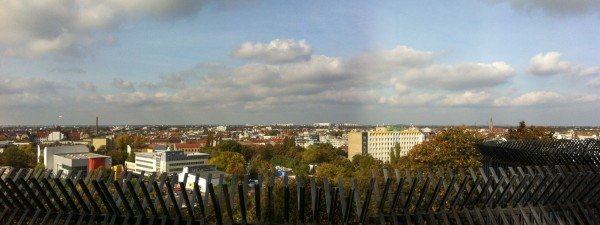 Lenara Verle, my guru for cultural activities in Berlin, told me about the tours organized by Berliner Unterwelten. It is an association focus on the city’s underground history and tours. The autumn arrived and this is the last month of the Tour 2 – From Flak Towers to Mountains of Debris. The days I could make it, there was only tour in German. So I invited Lenara to come with me. After all, my German is “reasonable” but hers is very good. See Lenara’s log bellow.
Lenara Verle, my guru for cultural activities in Berlin, told me about the tours organized by Berliner Unterwelten. It is an association focus on the city’s underground history and tours. The autumn arrived and this is the last month of the Tour 2 – From Flak Towers to Mountains of Debris. The days I could make it, there was only tour in German. So I invited Lenara to come with me. After all, my German is “reasonable” but hers is very good. See Lenara’s log bellow.
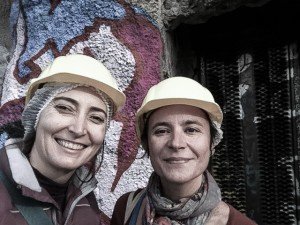
![]() Invited by Errante, I joined a tour inside the ruins of a flak tower in Humboldthain Park. The tour is offered by the Berlin Underground Association, a group that explores many underground structures connected to Berlin’s history, including bunkers, tunnels, sewage ducts, pneumatic mail networks and others. Their many volunteers help with digging, cleaning and rehabilitating abandoned spaces, transforming them into small museums and locations for guided tours.
Invited by Errante, I joined a tour inside the ruins of a flak tower in Humboldthain Park. The tour is offered by the Berlin Underground Association, a group that explores many underground structures connected to Berlin’s history, including bunkers, tunnels, sewage ducts, pneumatic mail networks and others. Their many volunteers help with digging, cleaning and rehabilitating abandoned spaces, transforming them into small museums and locations for guided tours.
In this tour we visited the one flak tower remaining of three huge concrete structures built in the city during the war to defend it from aerial strikes. It took the allies many attempts and tons of TNT until they finally blew apart the towers after the end of the war. This one in Humboldthain was only half destroyed, due to fear of damages to the nearby train tracks, and since 2004 it’s open for guided tour visits.
We entered through one of two corner turrets still standing, donned our mandatory hard hats, and followed the guides through twisting concrete passages until we reached a room right in the middle of the structure. There we could see the ceiling with its steel structure bent up and exposed inside the destroyed concrete. The floor there is just a huge pile of rubble, and we were warned to watch our step – a slip could mean a 20-meter fall down. Besides the hats, sturdy shoewear is also a must in the tour, no flip-flops, sandals or high heels are allowed.
The flak tower stays closed for tours during the winter months, in order to not disturb the many bats who hibernate there. The association installed “homes” for them on a few walls, in the form of bricks with cozy holes for the winged tenants. Even during summer, the temperature inside the tower is never more than 10 degrees Celsius, and the only light sources are the spots installed by the association, plus some cracks the bats use to get inside.
Our guide had many numbers and figures at the tip of his tongue, including the caliber of the ammunition used by the anti-aircraft cannons, and the number of airplanes they shot down (not as many as I had imagined, they estimate between 20 to 70 planes gunned down by the three towers together). The idea was to repurpose the towers into restaurants and theaters after Germany’s victory. This never happened, the allies blew the towers up and they are now artificial hills integrated to parks in three of the city’s neighborhoods. The only structure left standing now is the north facade of one of the towers, visible from the train tracks. Visitors who approach it from the south find themselves inside a rose garden![]() .
.


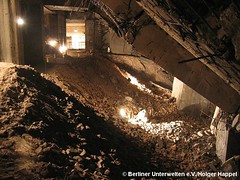


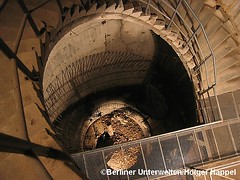

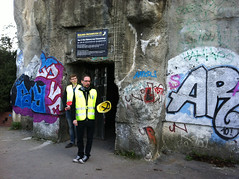
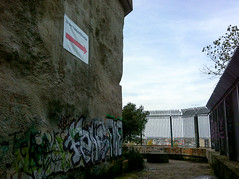


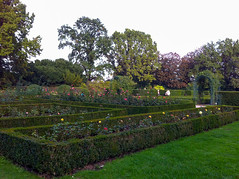
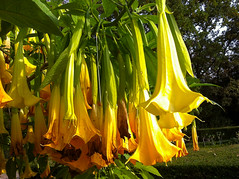
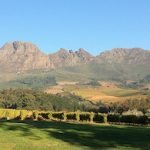



Social Profiles